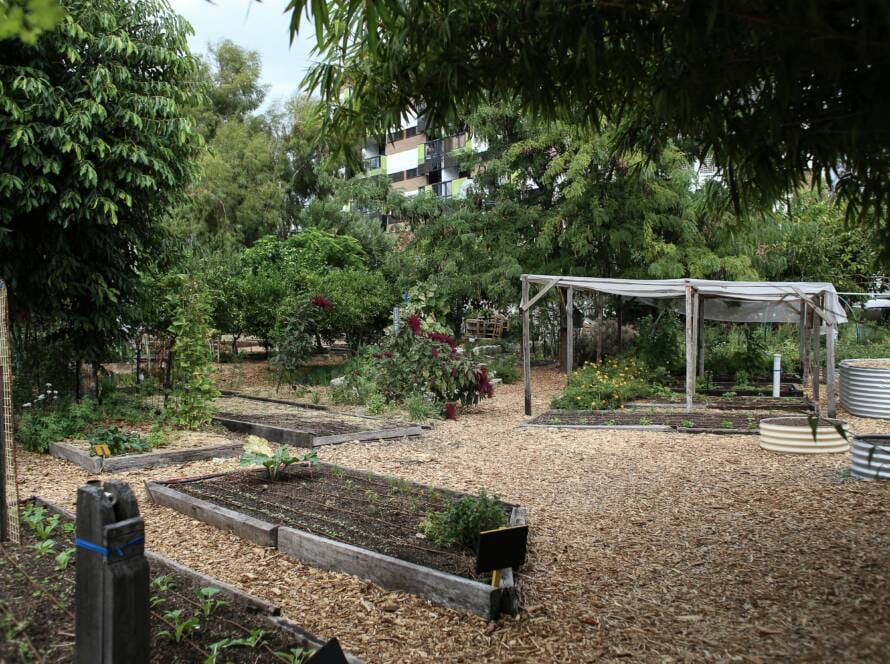Composting at home is a fantastic way to recycle kitchen scraps and yard waste while creating nutrient-rich fertilizer for your plants. Whether you have a large backyard or a small urban space, starting a home composting system is simple and sustainable. Here’s a guide to help you get started, along with some useful tips and tricks.
1. Choose the Right Composting Method
Before diving into composting, choose a method that suits your living space and needs. Here are a few popular options:
- Outdoor Compost Bin: Ideal for those with a backyard. A traditional compost bin or pile can handle larger amounts of organic waste.
- Indoor Composting: Perfect for apartment dwellers or those without outdoor space. You can use a small countertop bin or invest in a worm composting system (vermicomposting).
- Tumbler Composting: A rotating compost tumbler is a good option for those who want a quicker composting process and less physical labor.
2. Select the Right Location
If you’re composting outdoors, pick a convenient and accessible spot for your compost bin or pile. Choose a location that gets partial sunlight and has good drainage, as this will help speed up the decomposition process.

3. Know What to Compost (Green vs. Brown Materials)
Composting requires a balance of green and brown materials to break down effectively. Here’s what you can compost:
- Green materials (rich in nitrogen): Fruit and vegetable scraps, coffee grounds, grass clippings, plant trimmings, and tea bags.
- Brown materials (rich in carbon): Dry leaves, cardboard, paper, straw, sawdust, and wood chips.
A good rule of thumb is to have a ratio of 3 parts brown material to 1 part green material. This ensures proper aeration and avoids a smelly compost pile.
4. Avoid Composting These Items
Not everything is compostable. To avoid bad odors, pests, and slow decomposition, don’t compost:
- Meat, bones, dairy products
- Oily or greasy food scraps
- Diseased plants
- Pet waste
- Glossy or coated paper

5. Start Layering Your Compost
Begin by layering the bottom of your compost pile with coarse materials like twigs or straw to promote good airflow. Then alternate layers of green and brown materials, making sure to maintain that 3:1 brown-to-green ratio. This layering helps the pile heat up, which is essential for breaking down the materials quickly.
6. Maintain Moisture Balance
A compost pile needs to be moist but not soaking wet. The texture should resemble a damp sponge. If your compost is too dry, sprinkle it with water. If it’s too wet, add more brown materials like cardboard or dry leaves to absorb excess moisture.
7. Turn and Aerate Your Compost
Turning the compost helps introduce oxygen, which speeds up decomposition and prevents bad odors. Use a pitchfork or shovel to turn the pile every few weeks, ensuring all materials are exposed to air. For tumblers, simply rotate them according to the manufacturer’s instructions.
8. Speed Up the Process
To accelerate composting, you can:
- Shred large materials like leaves or paper to break them down faster.
- Add compost accelerators or activators, such as finished compost, aged manure, or garden soil, to boost microbial activity.
- Keep the pile warm: A compost pile that stays warm (about 140-160°F) breaks down faster, so positioning it in a sunny spot can help.
9. Be Patient
Composting is a natural process, but it takes time. Depending on the method and conditions, it can take anywhere from a few months to a year for compost to fully mature. The compost is ready when it looks like rich, dark soil and has a pleasant earthy smell.

10. Harvest Your Compost
Once your compost has decomposed into a rich, dark material, it’s time to harvest it. Sift through the compost to remove any large chunks or materials that haven’t fully broken down. Use the finished compost in your garden beds, potted plants, or as a top dressing for lawns to give them a natural nutrient boost.
Bonus Tips for Composting Success:
- Keep a compost pail in your kitchen: Store food scraps in a sealed pail under your sink to make it easy to collect compost materials. Empty it into your outdoor compost bin regularly.
- Balance the layers: Too much green material will cause the compost to become soggy and smell, while too much brown material will slow down the decomposition. Maintaining the balance is key.
- Cover the compost: If you’re composting outdoors, use a lid or tarp to cover the compost pile. This helps retain moisture and heat, while also keeping pests away.
- Compost tea: You can make compost tea by steeping finished compost in water for a few days. The liquid makes an excellent fertilizer for your plants.
- Troubleshoot issues: If your compost smells bad, it’s likely too wet or contains too much green material—add more brown material and turn the pile. If the pile isn’t decomposing, it might need more moisture, air, or green material.
Conclusion
Starting a home composting system is not only environmentally friendly but also provides you with a valuable source of natural fertilizer for your plants. With the right balance of materials, regular maintenance, and a bit of patience, you can easily transform kitchen and garden waste into nutrient-rich compost. So, whether you’re in a small urban apartment or have plenty of outdoor space, composting can be a simple and rewarding addition to your gardening routine.
Happy gardening!




